Home>Technology>Smart Home Devices>Who Invented The Inkjet Printer
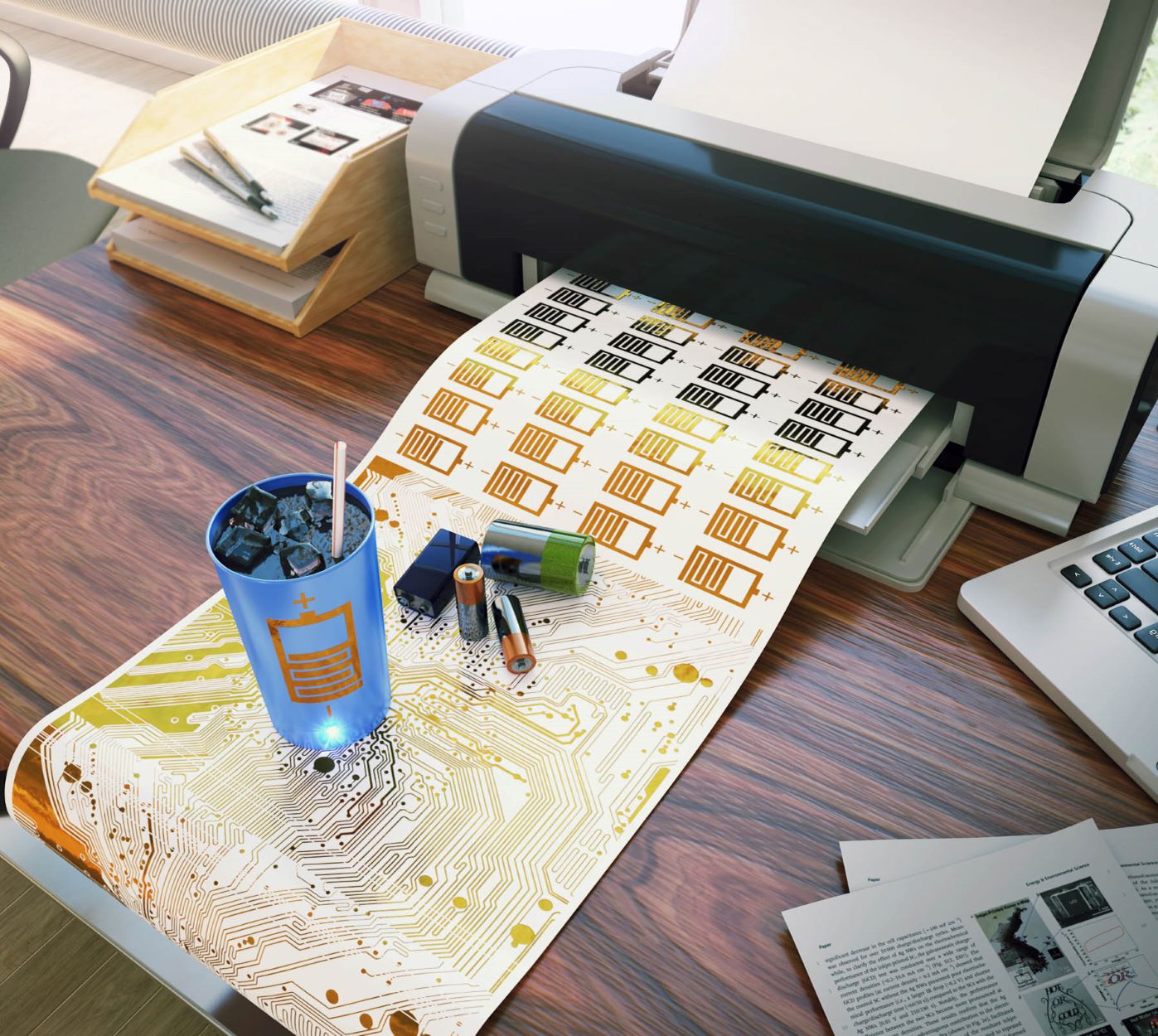

Smart Home Devices
Who Invented The Inkjet Printer
Modified: August 28, 2024
Discover the history of the inkjet printer and its impact on smart home devices. Learn about the inventor and evolution of this essential technology. Explore more at [Your Website Name].
(Many of the links in this article redirect to a specific reviewed product. Your purchase of these products through affiliate links helps to generate commission for Storables.com, at no extra cost. Learn more)
Introduction
The invention of the inkjet printer revolutionized the way we interact with printed materials. It brought about a significant shift in printing technology, making high-quality color printing accessible to homes and businesses alike. In this article, we will delve into the origins of the inkjet printer, exploring its impact and evolution.
Printing technology has undergone remarkable advancements over the centuries, from the early days of woodblock printing in ancient China to the invention of the printing press by Johannes Gutenberg in the 15th century. These developments paved the way for the mass production of books, newspapers, and other printed materials, fundamentally altering the dissemination of information and knowledge.
Amidst this rich history of printing, the inkjet printer stands out as a crucial innovation that democratized color printing. Its impact on various industries, including graphic design, photography, and marketing, has been profound. Moreover, the continuous evolution of inkjet printers has led to enhanced precision, speed, and cost-effectiveness, further solidifying their place in our modern world.
Join us as we embark on a journey through the early developments in printing technology, uncover the inception of the inkjet printer, and trace its remarkable impact and evolution. Let's explore how this ingenious invention has left an indelible mark on the way we produce and interact with printed materials.
Key Takeaways:
- The inkjet printer revolutionized color printing, making it accessible to homes and businesses. Its evolution continues to enhance print quality, versatility, and sustainability, shaping the future of visual communication.
- From democratizing color printing to integrating into the digital age, inkjet printers have empowered creativity and communication. Their impact spans from fine art to large-format printing, driving innovation in visual expression.
Read more: Who Invented The Laser Printer
Early Developments in Printing Technology
The history of printing technology is a tapestry woven with ingenuity and innovation. It began with ancient civilizations employing rudimentary methods such as woodblock printing to transfer texts and images onto various surfaces. The evolution of printing took a significant leap forward with the invention of the movable type printing press by Johannes Gutenberg in the 15th century. This groundbreaking innovation enabled the mass production of books, revolutionizing the spread of knowledge and ideas.
As time progressed, advancements in printing technology continued to unfold. In the 19th century, the development of the steam-powered rotary press significantly increased the speed and efficiency of printing, fueling the growth of newspapers and magazines. The introduction of lithography, a method of printing using a flat surface, further expanded the possibilities of reproducing images and text with remarkable detail.
Fast forward to the 20th century, the emergence of offset printing brought about a more versatile and cost-effective means of producing high-quality prints. This method, which involves transferring ink from a plate to a rubber blanket and then onto the printing surface, became widely adopted for various commercial printing applications.
Amidst these advancements, the demand for color printing continued to grow. Early methods of color printing, such as chromolithography, involved intricate and time-consuming processes. However, the quest for a more efficient and accessible color printing solution persisted, leading to the development of the inkjet printer.
These early developments in printing technology set the stage for the birth of the inkjet printer, laying the groundwork for a new era in color printing. The relentless pursuit of innovation and the desire to make printing more accessible and versatile ultimately culminated in the invention of the inkjet printer, marking a significant milestone in the evolution of printing technology.
The Invention of the Inkjet Printer
The inkjet printer, a marvel of modern printing technology, traces its origins to the late 20th century. Its development was driven by the need for a more efficient and affordable method of color printing. The inkjet printer operates by propelling droplets of ink onto paper to create high-quality prints with precision and detail.
The journey to the invention of the inkjet printer was marked by a series of breakthroughs and innovations. In 1951, the development of the first inkjet printing device by Siemens paved the way for future advancements in inkjet technology. This early inkjet device utilized a continuous stream of ink droplets, laying the groundwork for the inkjet printing systems that would follow.
However, it was not until the 1970s and 1980s that inkjet printing technology began to take significant strides forward. Companies such as Hewlett-Packard (HP) and Canon played pivotal roles in advancing inkjet printing technology, leading to the commercialization of inkjet printers for home and office use.
One of the key innovations that propelled the inkjet printer into the mainstream was the development of thermal inkjet technology. This method, utilized in printers such as the HP DeskJet, involved heating the ink to create vapor bubbles, resulting in the ejection of ink droplets onto the paper. This breakthrough significantly enhanced the speed and precision of inkjet printing, making it a viable alternative to traditional printing methods.
As the capabilities of inkjet printers continued to expand, so did their popularity. The ability to produce vibrant color prints with exceptional clarity and detail made inkjet printers indispensable in various settings, from homes and offices to professional printing facilities.
Furthermore, the evolution of ink formulations and printhead technology further improved the quality and longevity of prints produced by inkjet printers. The introduction of dye-based and pigment-based inks, coupled with advancements in printhead design, contributed to the enhanced color gamut and archival properties of inkjet prints.
The invention of the inkjet printer marked a significant turning point in the history of printing technology. Its ability to deliver high-quality color prints with speed and precision transformed the landscape of printing, empowering individuals and businesses to unleash their creativity and share vibrant visual content with the world.
The inkjet printer was invented by a team of engineers at Canon in the late 1970s. This technology revolutionized printing by allowing for high-quality, affordable color printing at home and in the office.
Impact and Evolution of Inkjet Printers
The impact of inkjet printers on the world of printing and visual communication has been profound, shaping the way we produce and interact with printed materials. From their humble beginnings to the present day, inkjet printers have undergone a remarkable evolution, continually pushing the boundaries of what is achievable in color printing.
One of the most significant impacts of inkjet printers is their democratization of color printing. Prior to the advent of inkjet technology, color printing was often a costly and complex endeavor, primarily accessible to commercial printing facilities. Inkjet printers brought the power of color printing into homes, small businesses, and creative studios, empowering individuals to express their ideas and visions with vibrant hues and lifelike imagery.
The versatility of inkjet printers has also been a game-changer. From producing stunning photographs and fine art prints to generating marketing collateral and business documents, inkjet printers have proven to be indispensable tools across a wide spectrum of applications. The ability to print on various media, including glossy photo paper, canvas, and specialty art papers, has expanded the creative possibilities for artists, photographers, and designers.
Furthermore, the evolution of inkjet printing technology has led to significant improvements in print quality and longevity. The refinement of ink formulations, including the development of archival pigment-based inks, has resulted in prints that boast exceptional color accuracy and durability. This has elevated the status of inkjet prints to museum-quality standards, making them sought after by artists and photographers for exhibitions and collections.
As the digital age continues to unfold, inkjet printers have seamlessly integrated into the realm of digital imaging and content creation. The ability to produce high-resolution prints directly from digital files has streamlined workflows for photographers and designers, enabling them to bring their digital creations to life with stunning clarity and detail.
The evolution of inkjet printers has also seen advancements in large-format printing, catering to the needs of industries such as signage, engineering, and architecture. Wide-format inkjet printers have become instrumental in producing banners, posters, technical drawings, and other oversized prints with exceptional precision and color vibrancy.
Looking ahead, the evolution of inkjet printers is poised to continue, with ongoing research and development focused on enhancing speed, color gamut, and environmental sustainability. The integration of cutting-edge technologies such as UV-curable inks and eco-friendly solvent formulations is paving the way for the next chapter in inkjet printing, ensuring that this innovative technology remains at the forefront of visual communication and creative expression.
Conclusion
The inkjet printer stands as a testament to human ingenuity and the relentless pursuit of innovation in the realm of printing technology. From its inception to the present day, the inkjet printer has left an indelible mark on the way we produce, share, and cherish printed materials.
Through its democratization of color printing, inkjet printers have empowered individuals and businesses to unleash their creativity and communicate their ideas with vibrant imagery and lifelike detail. The evolution of inkjet technology has continually pushed the boundaries of what is achievable in color printing, making high-quality prints accessible to a wide spectrum of users, from artists and photographers to small businesses and large enterprises.
Furthermore, the impact of inkjet printers extends beyond the realm of traditional printing, seamlessly integrating into the digital age and catering to the diverse needs of modern visual communication. The versatility and precision of inkjet printers have elevated their status as indispensable tools for producing everything from fine art prints and photography portfolios to architectural renderings and marketing materials.
As inkjet printing technology continues to evolve, the quest for enhanced quality, speed, and sustainability remains at the forefront of innovation. The ongoing advancements in ink formulations, printhead technology, and large-format printing capabilities are poised to shape the future of inkjet printing, ensuring that it remains a driving force in visual communication and creative expression.
In conclusion, the invention and evolution of the inkjet printer have redefined the landscape of printing technology, ushering in an era of unparalleled color fidelity, versatility, and accessibility. As we look to the horizon of printing innovation, the inkjet printer stands as a beacon of inspiration, illuminating the boundless possibilities of visual expression and the enduring impact of human creativity.
Frequently Asked Questions about Who Invented The Inkjet Printer
Was this page helpful?
At Storables.com, we guarantee accurate and reliable information. Our content, validated by Expert Board Contributors, is crafted following stringent Editorial Policies. We're committed to providing you with well-researched, expert-backed insights for all your informational needs.
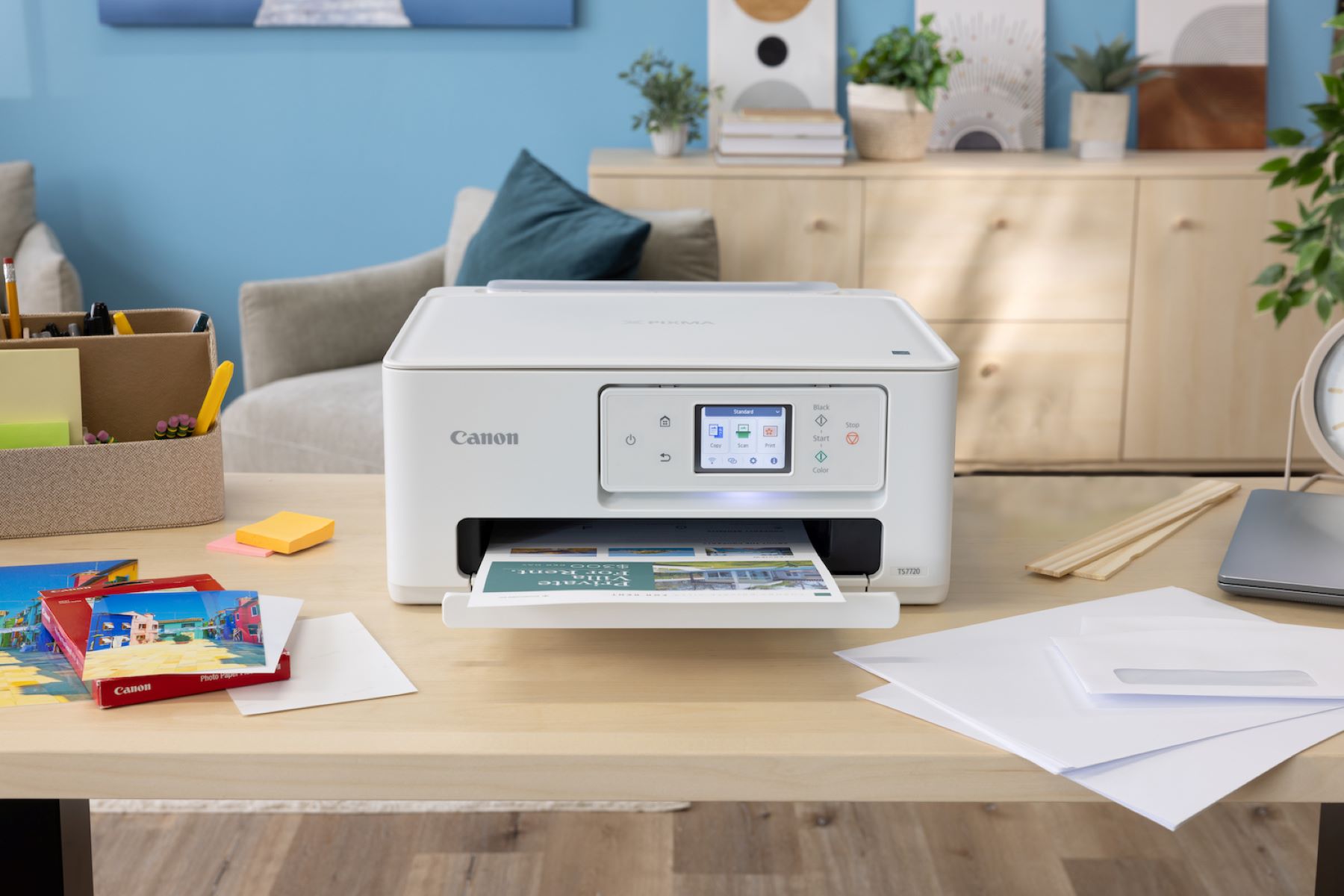




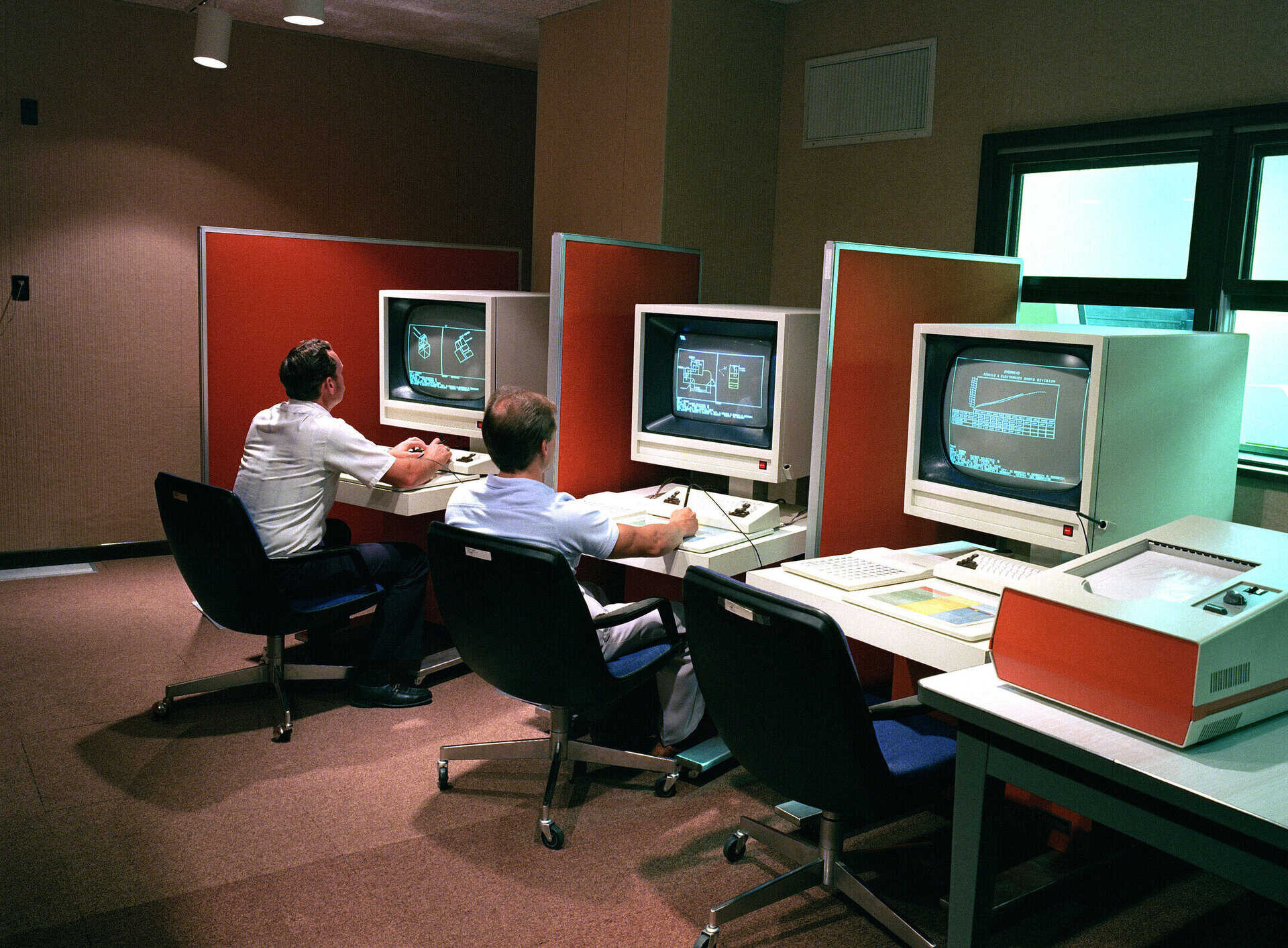


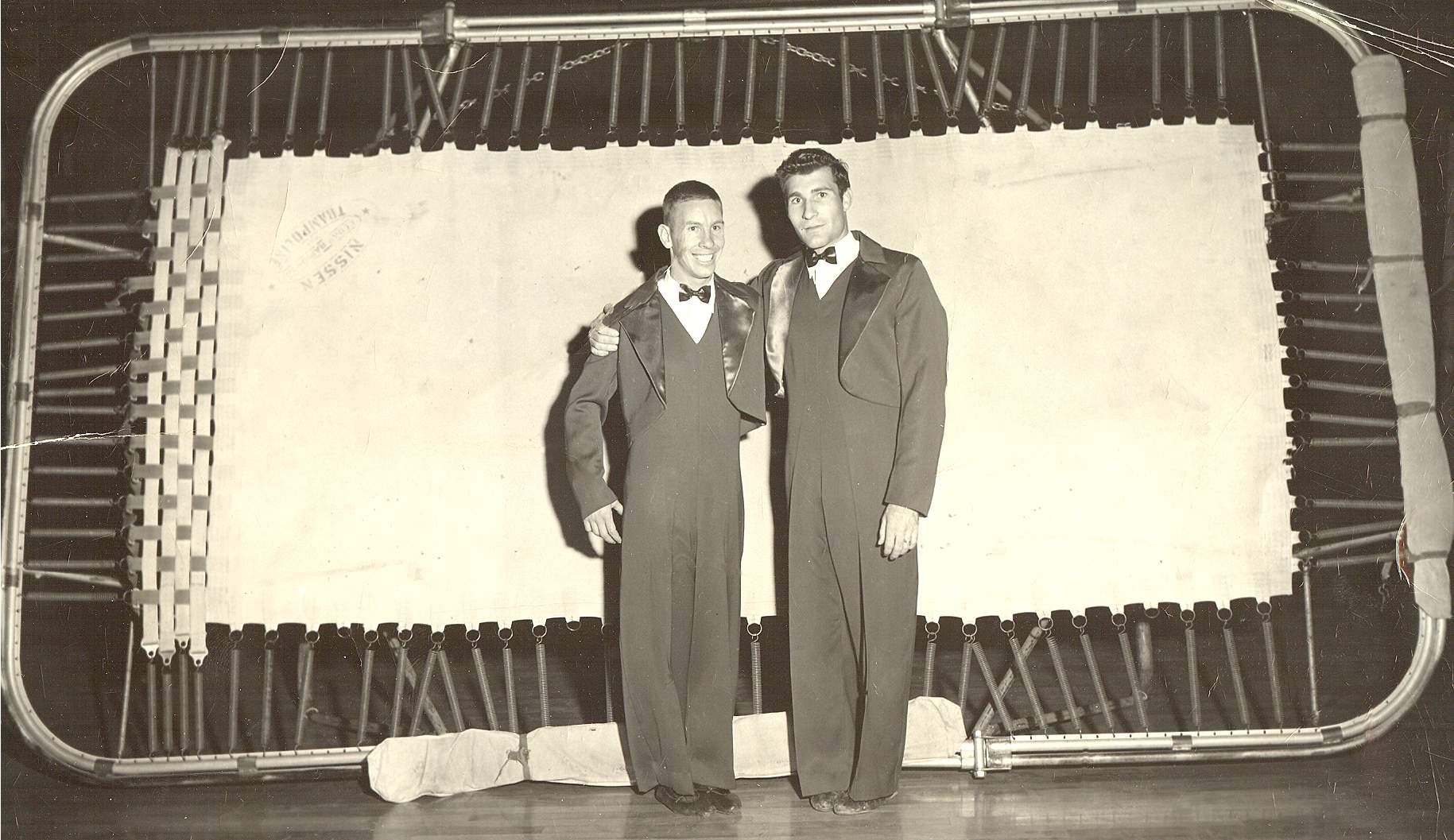





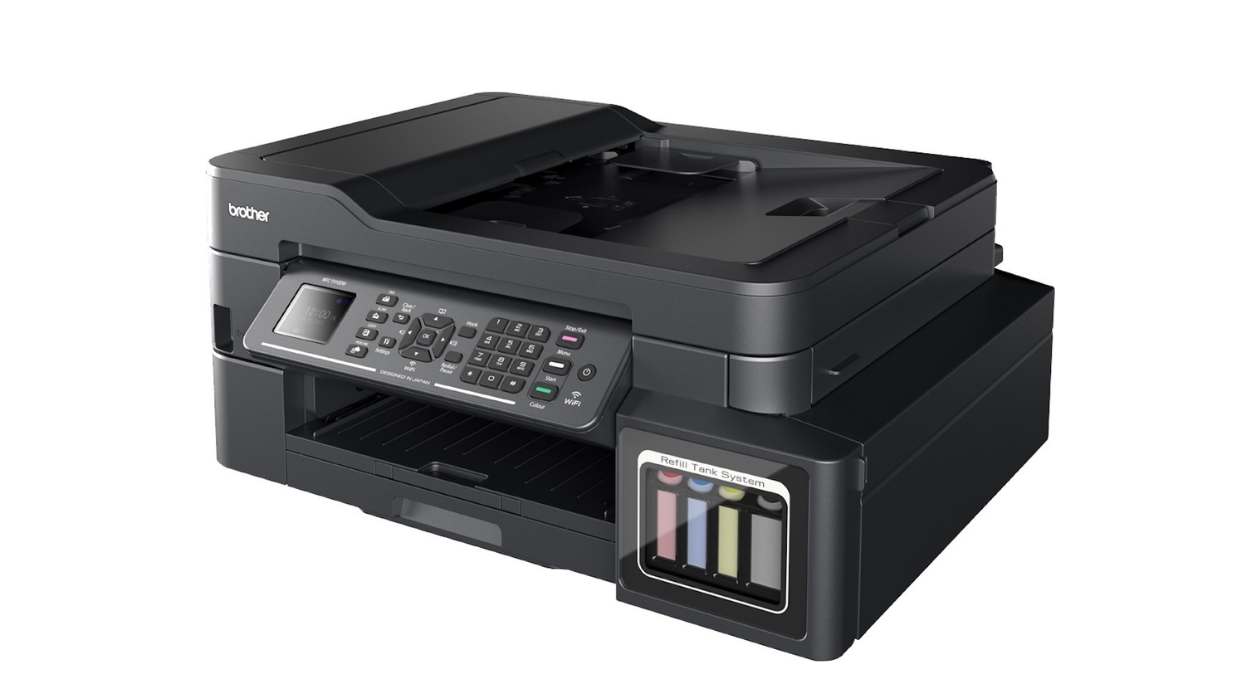

0 thoughts on “Who Invented The Inkjet Printer”